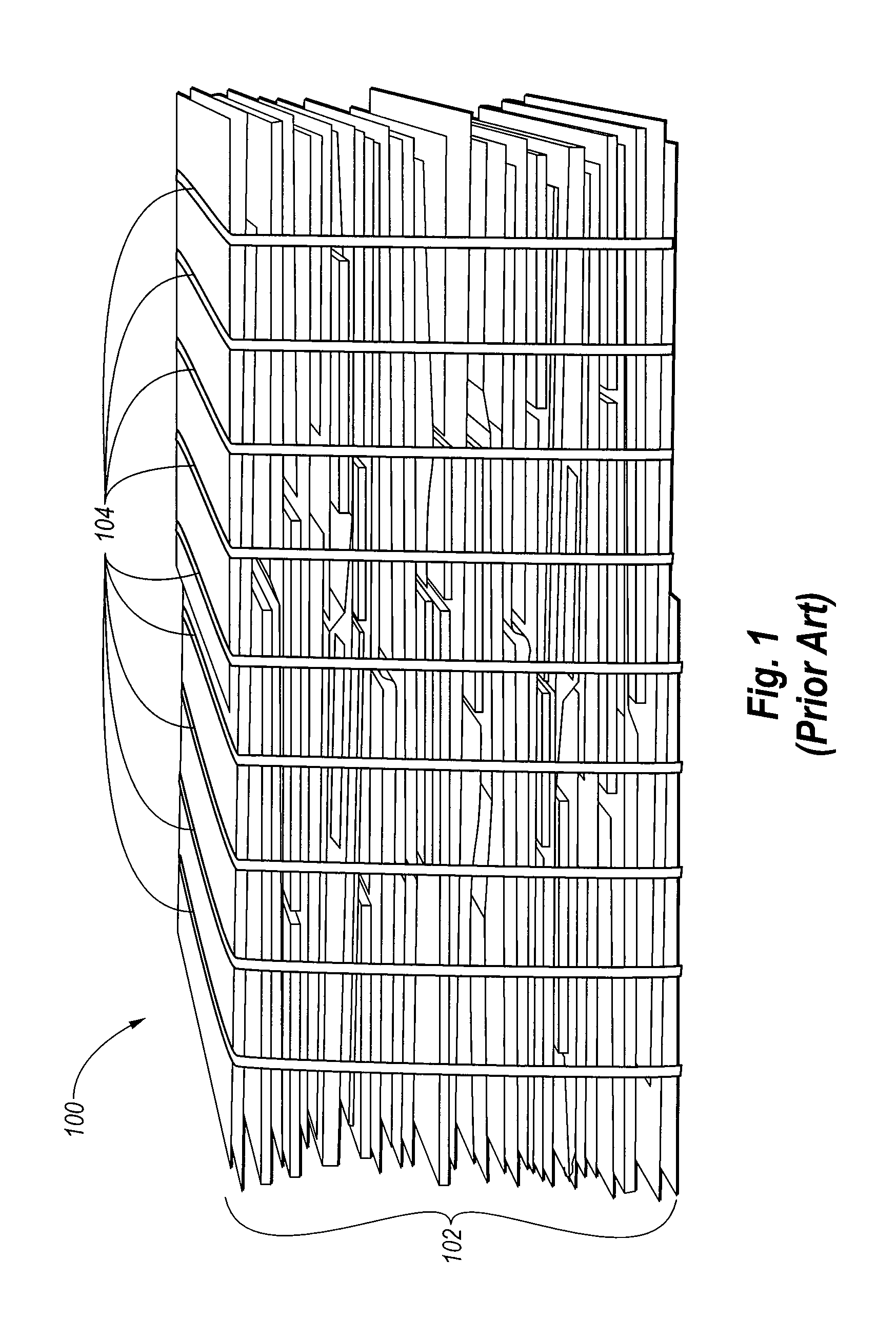Method and process of collecting and processing recyclable waste
a technology of recycling and waste, applied in the field of recycling, can solve the problems of reducing profits, significant waste of otherwise recyclable waste, and significant cost to companies that made it inefficient or impractical, and achieve the effect of reducing profits
- Summary
- Abstract
- Description
- Claims
- Application Information
AI Technical Summary
Benefits of technology
Problems solved by technology
Method used
Image
Examples
Embodiment Construction
[0030]Reference will now be made to the figures wherein like structures will be provided with like reference designations. It is understood that the drawings are diagrammatic and schematic representations of presently preferred embodiments of the invention, and are not limiting of the present invention nor are they necessarily drawn to scale.
[0031]In the following description, numerous specific details are set forth in order to provide a thorough understanding of the present invention. It will be obvious, however, to one skilled in the art that the present invention may be practiced without these specific details. In other instances, well-known aspects of cardboard balers and recyclable plastics have not been described in particular detail in order to avoid unnecessarily obscuring the present invention.
[0032]Referring now to FIG. 1, a conventionally formed cardboard bale 100 includes a compacted single layer 102 of cardboard. As depicted, the compacted cardboard bale 100 is bound to...
PUM
 Login to View More
Login to View More Abstract
Description
Claims
Application Information
 Login to View More
Login to View More - R&D
- Intellectual Property
- Life Sciences
- Materials
- Tech Scout
- Unparalleled Data Quality
- Higher Quality Content
- 60% Fewer Hallucinations
Browse by: Latest US Patents, China's latest patents, Technical Efficacy Thesaurus, Application Domain, Technology Topic, Popular Technical Reports.
© 2025 PatSnap. All rights reserved.Legal|Privacy policy|Modern Slavery Act Transparency Statement|Sitemap|About US| Contact US: help@patsnap.com



